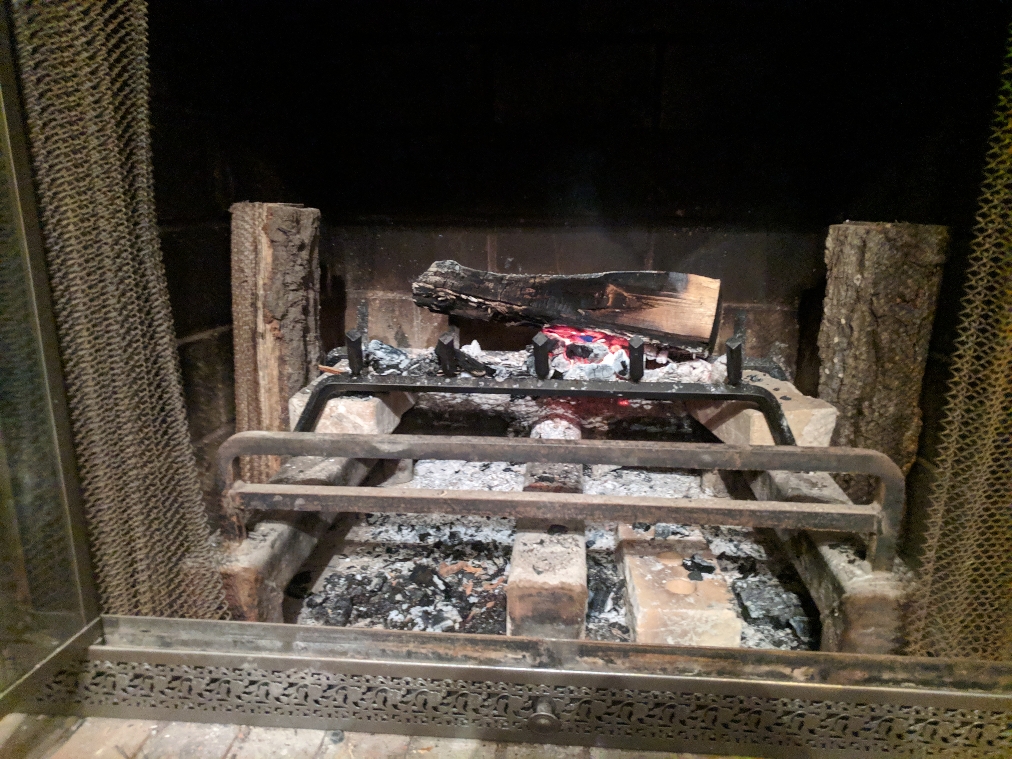Hello folks. The lady and I stumbled across the forum looking for a fireplace grate to go into our, well fireplace. The hearth has three large square tubes running through it, I believe an air blower pushes air through them and then out through two vents. I purchased one from tractor supply but I know it is too small and the legs do not touch the floor as they just slightly ride on the other bars of that air system in the fireplace area.
I read that you measure the back and the front opening then the height in a couple different areas, but with that air system bars thing in there, I imagine there are grates made for that kind of setup?
The house was built in 84 if that helps any. Also, does that air system have an actual name? I posted some pictures, I hope they help.
Thank you so much.


I read that you measure the back and the front opening then the height in a couple different areas, but with that air system bars thing in there, I imagine there are grates made for that kind of setup?
The house was built in 84 if that helps any. Also, does that air system have an actual name? I posted some pictures, I hope they help.
Thank you so much.




 There's reasons we had to figure out something better!
There's reasons we had to figure out something better!